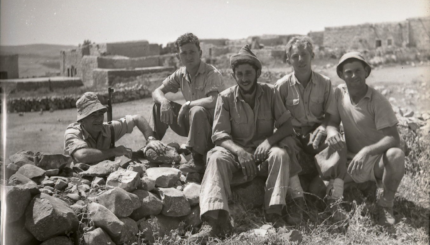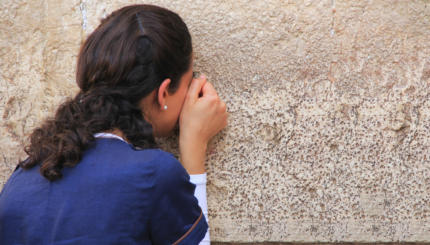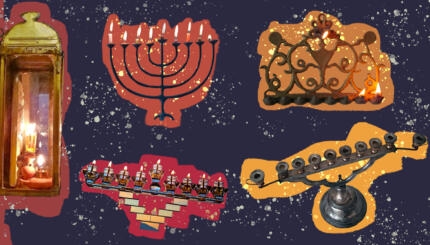The earliest collective action by American Jews on behalf of their overseas brethren came in 1840, in response to a false “blood libel” charge in Damascus. That spring, in the ancient capital of Syria, an Italian friar and his Muslim servant mysteriously disappeared. The Capuchin order of monks charged that Jews had kidnapped and ritually murdered the two men to fulfill a supposed Jewish injunction that non-Jewish blood be used in making Passover matzah. Under torture, two “witnesses” named several prominent Damascus Jews as the “killers.” The accused were arrested, tortured and sentenced to death. Knowing the suggestibility of child witnesses, local officials then seized 63 Jewish children to compel them to “reveal” where the blood was hidden.
Word of these outrages reached the United States in the summer of 1840. American Jews were dismayed that the ancient blood libel–the charge that Jews were ritual murderers–had reared its ugly head. What was American Jewry, so few in number and weak in international influence, to do? While the English and French Jewish communities sent delegations to the Ottoman Sultan protesting the treatment of Damascus’s Jews, American Jewry–numbering no more than 15,000 individuals scattered across a vast nation–had no national organization or recognized leader to  speak for it. American Jewry had no experience at presenting a united front on any issue of national or international moment.
speak for it. American Jewry had no experience at presenting a united front on any issue of national or international moment.
Rabbi Isaac Leeser of Philadelphia, America’s leading traditionalist rabbi, joined by communal leaders from other major American cities, filled the breach. Leeser helped organize public rallies, meetings of synagogue congregations, and committees of correspondence in New York, Philadelphia, Richmond, and Cincinnati, among other cities. The rallies called on President Martin Van Buren to intervene on behalf of the Jews of Damascus.
(Image to the left: Isaac Leeser. Courtesy of American Jewish Historical Society)
The American Jewish petitions argued, “The moral influence of the Chief Magistrate of the United States would be, under Heaven, the best aid we could invoke for the protection of our persecuted brethren under the Mohammedan domain.” The New York protesters did “most emphatically and solemnly deny as well in our own name as in that of the whole Jewish people, that murder was ever committed by the Jews of Damascus, or those of any other part of the world, for the purpose of using the blood or any part of a human being in the ceremonies of our religion.”
Van Buren ordered American diplomats in Constantinople and Alexandria to inform Ottoman officials of the “horror” felt by all Americans at the “extravagant charges strikingly similar to those which, in less enlightened ages, were made pretexts for the persecution and spoliation of these unfortunate people.” Van Buren cited America’s liberal institutions, which “place upon the same footing, the worshipers of God, of every faith and form.” American values compelled him to protest “in behalf of an oppressed and persecuted race, among whose kindred are found some of the most worthy and patriotic of [American] citizens.”
Bowing to pressure from the governments of the United States, Britain, and France, Pasha Muhammed Ali, Ottoman overlord of Syria, ordered an end to the torture and confinement of Jewish prisoners and instructed Damascus officials to protect the city’s Jewish community. The American ambassador helped Sir Moses Montefiore secure from the Ottoman Sultan an imperial decree in November declaring that the blood libel had “not the least foundation in truth” and that Jews “shall possess the same advantages and enjoy the same privileges” as his other subjects, especially the free exercise of their religion.
American Jewry had experienced its first taste of successful united action on behalf of its brethren overseas. Rabbi Leeser expressed the thinking of many American Jews of that time, as well as the spirit of the Babylonian Talmud, when he observed: “As citizens we belong to the country we live in; but as believers in one God, as the faithful adorers of the Creator, as the inheritors of the law, the Jews [of other lands] are no aliens among us, and we hail the Israelite as brother, no matter whether his home be the torrid zone, or where the poles encircle the earth with impenetrable fetters of icy coldness.” These words remain the credo of American Jewry to the present day.
Chapters in American Jewish History are provided by the American Jewish Historical Society, collecting, preserving, fostering scholarship and providing access to the continuity of Jewish life in America for more than 350 years (and counting). Visit www.ajhs.org.


